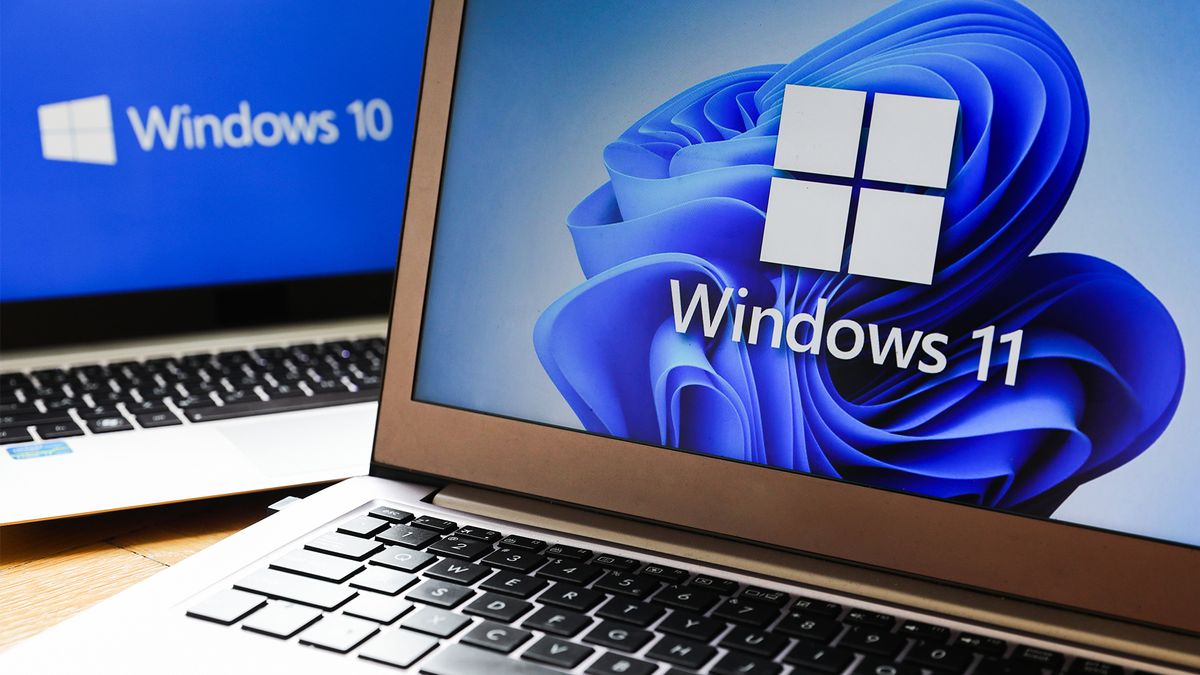Companies “wary” of Windows 11 migration challenges as Windows 10 EOL draws closer

Most businesses are lagging on Windows 11 migrations, with a study from ControlUp showing that over three-quarters (82%) of devices are still not running on the latest operating system (OS).
This is despite the impending Windows 10 end of life (EOL) slated for late 2025. Following this point, organizations can only pay for three years of updates before the OS is fully unsupported.
Fielding data from over 750,000 devices, the results of ControlUp’s study point to an evident anxiety about OS migration among businesses.
“The clock is ticking for enterprises to adopt the more secure and capable Windows 11, yet many organizations are stuck, unsure about their environment’s readiness,” said Simon Townsend, field CTO at ControlUp.
Organizations are being forced to re-evaluate their endpoint devices, added IDC research director Shannon Kalvar, and it has become “imperative” that businesses plan their move to next generation of operating systems.
Older devices may not be equipped to run Windows 11, which requires a 64-bit CPU, ‘Secure Boot’ capabilities, and a Trusted Platform Module (TPM) 2.0 chip to run.
Of the 82% of devices not yet upgraded, 88% of them are fully equipped for the upgrade. By comparison, just 11% need to be fully replaced to meet the demands of Windows 11 while 1% can be upgraded to meet the requirements before migration.
With the overwhelming majority of surveyed devices “ready for migration”, there are evidently other considerations for businesses when looking at Windows 11 migrations.
Firms don’t want to repeat difficult migrations with Windows 11
Many businesses are “wary” of the Windows 11 upgrade because of the challenges they faced upgrading to Windows 10, according to Cloudhouse director Mark Gilliand. Cloudhouse is an enterprise Windows user and currently runs on Windows 11.
“The transition to Windows 10 was often lengthy and disruptive, particularly due to issues with legacy applications and compatibility,” Gilliand told ITPro.
“Companies are wary of repeating this experience, with concerns over the cost, time, and potential operational impact of another upgrade,” he added.
One of the major obstacles, added Gilliand, is ensuring that commercial-off-the-shelf (COTS) and “home-grown” business applications will run on the new OS, which he noted is an “often-overlooked challenge” for businesses.
“Even if most vendors have certification for Windows 11, it may only be for the latest release. In-house applications will need testing and tweaking, triggering another round of quality assurance (QA),” Gilliand said.
The “serious challenge” comes when applications have no forward compatibility, he added, stranding business-critical operations on obsolete platforms and raising concerns around compliance.
Microsoft is pushing back against reluctant businesses
To incentivize end-user migration to Windows 11, Microsoft has tried to both persuade and coerce enterprises and businesses into making the switch.
The firm tried to drive the change through the promise of an AI-enhanced Windows 11, with updated features for Copilot Preview for Windows 11 and new plugins for applications like Shopify and Klarna.
Following that move, Microsoft opted for a slightly more aggressive approach by ramping up the price of Extended Security Updates (ESU) for users who have not switched past the October 2025 deadline.
Once the deadline has passed, businesses will have to pay $61 for the first year of updates, followed by $122 for the second year and $244 for the third. This is a significant markup from the Windows 7 ESU program.
Extended updates for this OS only cost users $25 per device for the first year, followed by $50 for the second, and $100 for the third.


